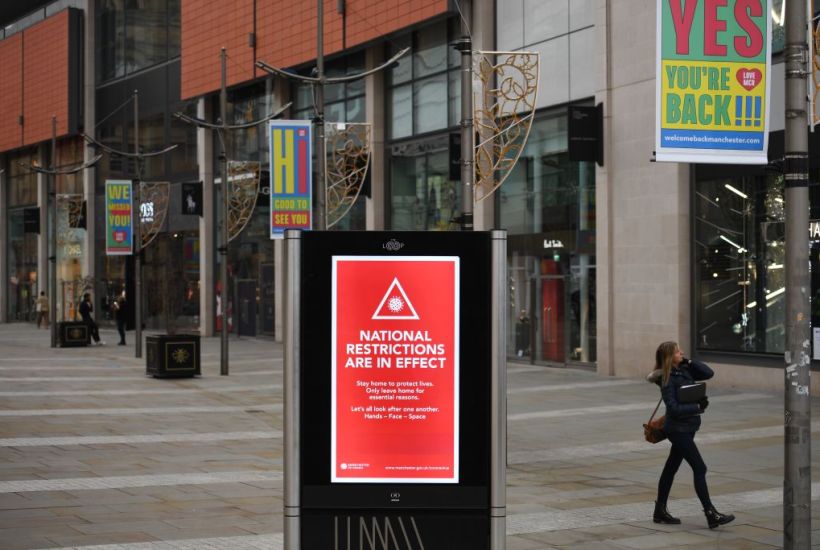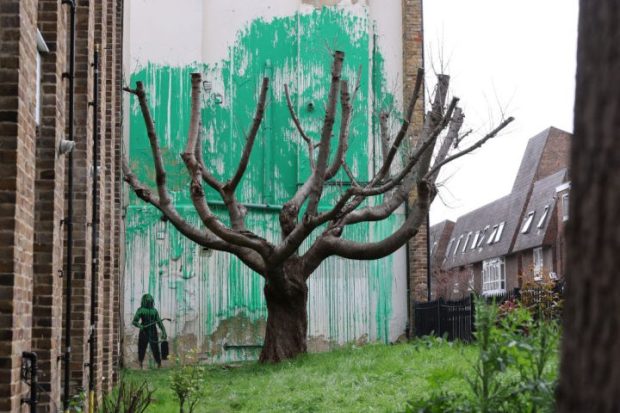Yesterday, the news was dominated by Imperial College’s React study which suggested – in contrast to the fall in recorded new infections – that the prevalence of Covid-19 in the general population was either static during the first ten days of lockdown (between 6 and 15 January), or could even have risen slightly. This morning, however, we have a second opinion in the form of the ONS infection survey, which like React is based on testing a randomised sample of the population. It suggests that the prevalence of Covid-19 did indeed fall in the first half of January – but not by all that much.
Between 9 and 16 January, the ONS estimates, 1.024 million people in England and Wales were infected, the equivalent to 1 in 55 of the population. Between 27 December and January it had estimated the figure at 1.122 million, or 1 in 50.
There is a gap in the data between 3 and 8 January because the ONS did not publish its infection survey last week due to quality control issues. But comparing the latest data with the data collected at the turn of the year, it found that incidence fell greatest in London – from 4 to 2.9 per cent. There was also a sharp fall in the East of England and the South East. This is interesting because these are the parts of the country where the new variant was spreading fastest. They are also the parts of the country which were put into Tier 4 (which is pretty much indistinguishable from the current lockdown, apart from schools and colleges being allowed to open) last month, ahead of the whole country being placed into lockdown on 6 January. Infection prevalence was flatter elsewhere in the country, but nowhere was it obviously rising.
But what is most remarkable is that the fall in infections in London, the East and South East seems to be down principally to a fall in cases of the new variant discovered in Kent in December. Said by the government at the time to be up to 70 per cent more transmissible than previous variants, it seems to be reducing at a far faster rate.
As with the React study, the ONS data is a week in arrears, so it hasn’t yet captured any data from last weekend onwards. But the study should provide some reassurance that yes, the current wave of the epidemic does appear to have peaked. This is consistent with the figures for recorded new infections, as picked up through NHS Test and Trace. In the past seven days that has picked up 283,392 new cases – 23.6 percent fewer than were picked up in the preceding seven-day period.
Age group wise, secondary school age children saw the biggest fall in infections in the ONS survey. In no age group did the prevalence rate seem to be rising. It is a bit early to judge from the data we have so far, but if the vaccine is working as well as it is supposed to, we should start to see a very sharp drop-off in infections in the oldest age group first. The ONS publishes data for the over-70s as a group. Given that not all the over-80s are yet vaccinated, and that the vaccine takes a couple of weeks to take effect, it could be several weeks before we see a significant divergence in infection rates between the over-70s and the rest of the population.
Got something to add? Join the discussion and comment below.
Get 10 issues for just $10
Subscribe to The Spectator Australia today for the next 10 magazine issues, plus full online access, for just $10.





















Comments
Don't miss out
Join the conversation with other Spectator Australia readers. Subscribe to leave a comment.
SUBSCRIBEAlready a subscriber? Log in